11 Abandoned Places in the U.S. That Feel Straight Out of a Horror Movie
Across the United States, there are places that time has forgotten. Crumbling hospitals, empty towns, and rusting amusement parks now stand frozen in silence. Each carries traces of the people who once filled them with noise and life. These abandoned spots feel like the setting of a horror movie, where every creak and shadow tells a story of what was left behind.
This post may contain affiliate links, which helps keep this content free. Please read our disclosure for more info.
Trans-Allegheny Lunatic Asylum, West Virginia
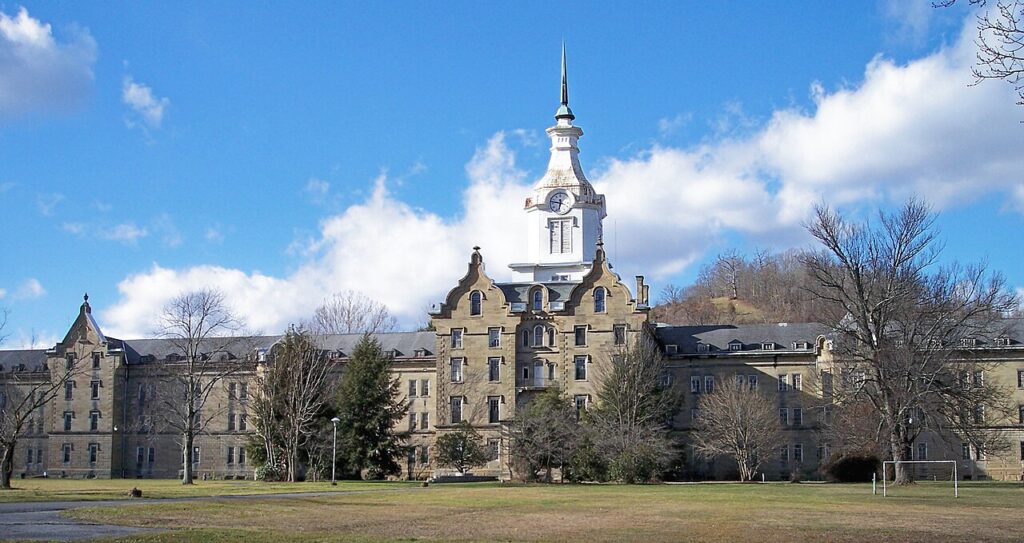
Built in the mid-1800s, the Trans-Allegheny Lunatic Asylum once housed thousands of patients in overcrowded, grim conditions. Its long corridors and peeling paint make it easy to imagine ghostly figures drifting through the halls. The grand, gothic building looms over Weston, looking almost too perfect for a horror film set. Every window seems to hold a story of sadness and isolation.
Today, the asylum offers guided tours for visitors who want to step inside its haunted history. Echoes of the past linger in the decaying rooms, from the abandoned wards to the forgotten stairwells. Those who visit often report strange sounds and cold spots that make the experience even more chilling. It’s one of those places that feels alive, even when completely still.
Six Flags New Orleans, Louisiana
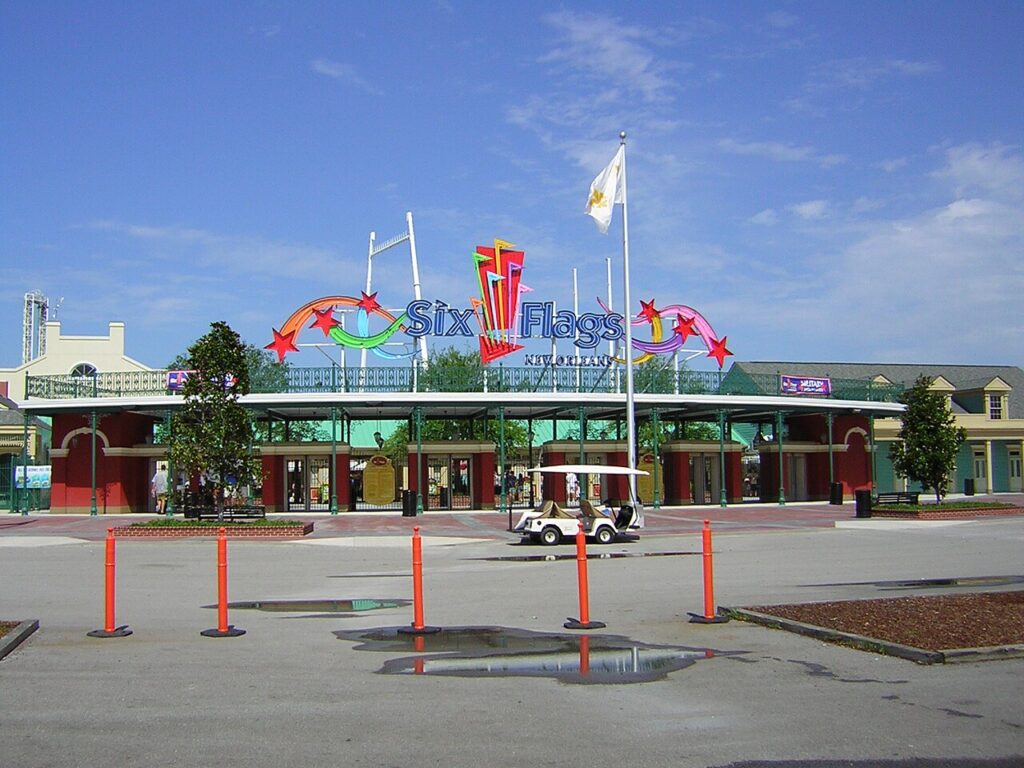
Once a lively theme park, Six Flags New Orleans shut down after Hurricane Katrina flooded the grounds in 2005. The rides still stand, rusted and half-buried in weeds. The Ferris wheel towers silently over the cracked pavement, and the roller coasters twist into the sky without a sound. Every inch of it looks frozen in time.
Vandals and storm damage have turned the park into a haunting shell of its former self. Nature has started to reclaim it, wrapping vines around the faded signs and roller coaster tracks. Though closed to the public, aerial views and photos reveal the eerie beauty of a once-bustling amusement park left to rot. It’s unsettling and strangely mesmerizing all at once.
Lake Shawnee Amusement Park, West Virginia

Hidden behind trees and overgrown brush, Lake Shawnee Amusement Park is a chilling sight. It opened in the 1920s and quickly gained a dark reputation after several fatal accidents. Rusted swings and a broken Ferris wheel still stand as grim reminders of its past. The land itself is said to be cursed, built on a Native American burial ground.
The park closed for good decades ago, but ghost stories continue to swirl around it. Locals say they hear laughter and the sound of creaking rides on quiet nights. Visitors who come for paranormal tours often leave convinced they weren’t alone. It’s the kind of place that feels like it’s waiting for you to turn around.
Centralia, Pennsylvania
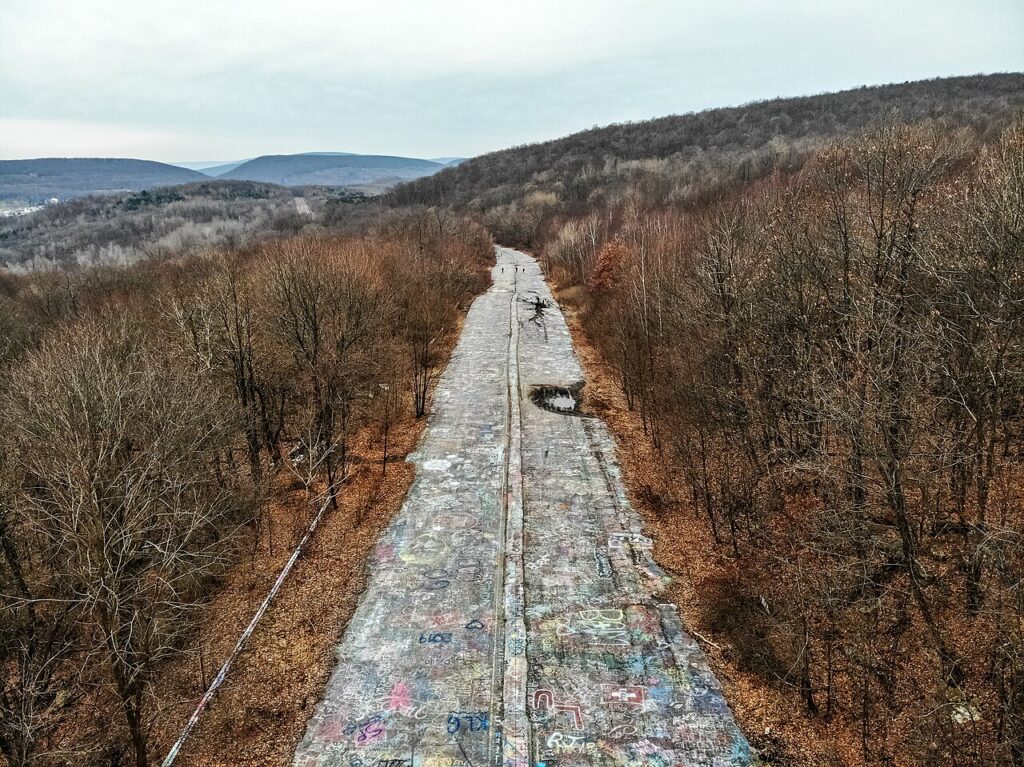
Centralia was once a typical coal-mining town until an underground fire started burning in 1962. Decades later, the fire still rages below, sending smoke and heat through cracks in the streets. The ground shifts unpredictably, and sinkholes appear without warning. It’s a real-life ghost town that looks like something from a post-apocalyptic movie.
Almost every building is gone now, and only a few residents remain. Graffiti covers what’s left of the main road, adding an eerie splash of color to the gray ash and steam. The silence here is heavy, broken only by the faint hiss of gas escaping from the earth. Centralia’s haunting emptiness is both tragic and unforgettable.
Terrence Building, New York
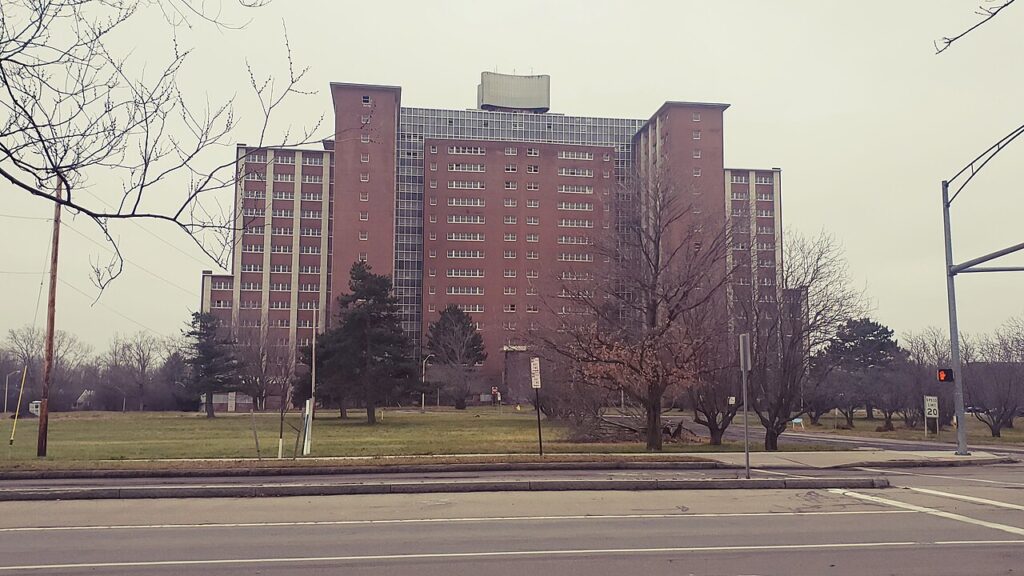
Part of the old Rochester State Hospital complex, the Terrence Building is a 16-story relic of 20th-century psychiatry. Empty rooms stretch endlessly, filled with peeling paint and flickering light through broken windows. The stairwells spiral upward into darkness, and even a whisper seems too loud inside. It’s unsettling in its sheer size and silence.
When the building closed in 1995, everything inside was left behind—beds, files, and medical equipment. Urban explorers still sneak in despite security warnings, drawn by its haunting presence. The mix of medical history and decay creates an atmosphere that feels like a psychological thriller. You leave half expecting the walls to start talking.
Little Red Schoolhouse, California
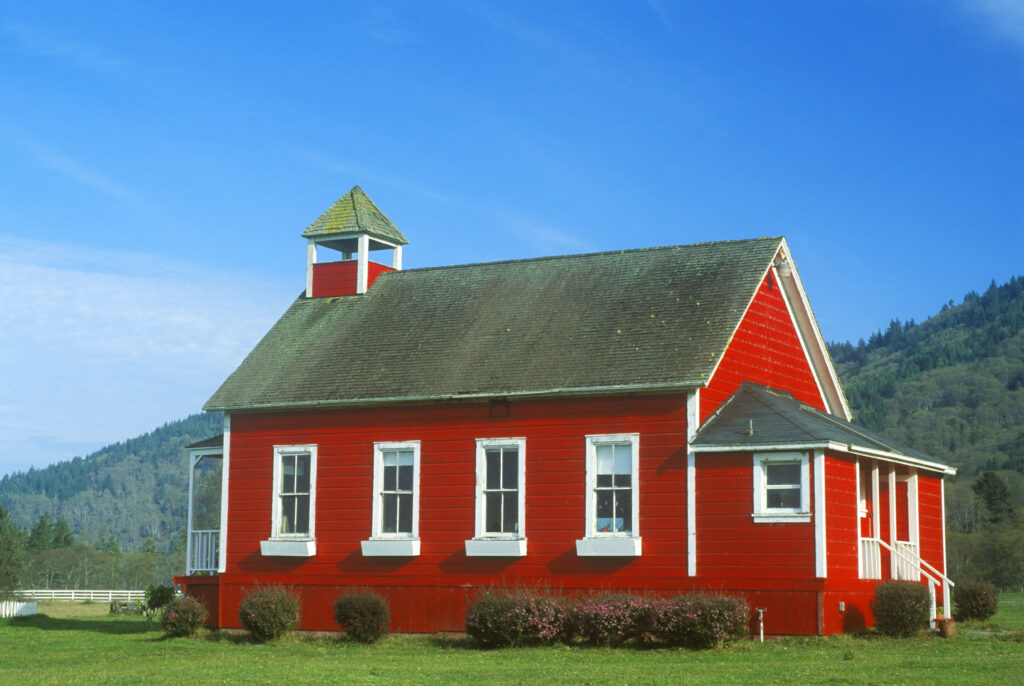
High on Catalina Island sits a tiny, faded schoolhouse that once served a handful of local children. Its paint is peeling, and the old chalkboard remains covered in dusty scribbles. The building is simple but strangely moving, surrounded by silence and sea air. It’s easy to picture lessons long forgotten echoing in the empty room.
The schoolhouse has become a quiet landmark for hikers who stumble upon it. Some say they’ve felt watched while exploring, though the nearest neighbors are miles away. The isolation and natural decay make it feel frozen in another time. It’s a reminder of how quickly history can vanish into the background.
Rhyolite, Nevada
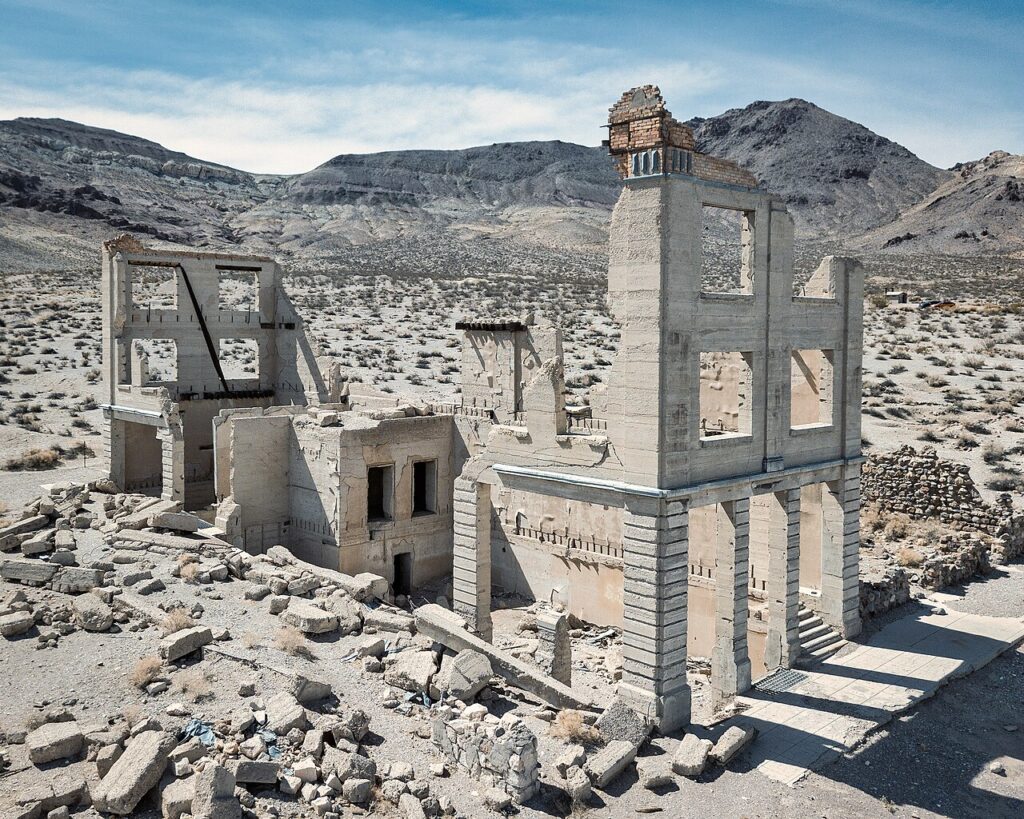
Rhyolite sprang up during the gold rush and vanished just as fast. Within a few years, the bustling town became a hollow shell of what it once was. The skeletal remains of buildings, including a bank and a jail, still line the dusty streets. The desert sun beats down on glassless windows and doorless frames.
At sunset, the town glows with an otherworldly light that makes it feel straight out of a Western horror. Sculptures from nearby art installations now stand among the ruins, adding an even stranger touch. It’s a place where history and decay blend beautifully, and the silence feels alive. Few ghost towns capture that eerie desert magic like Rhyolite.
Bannack, Montana
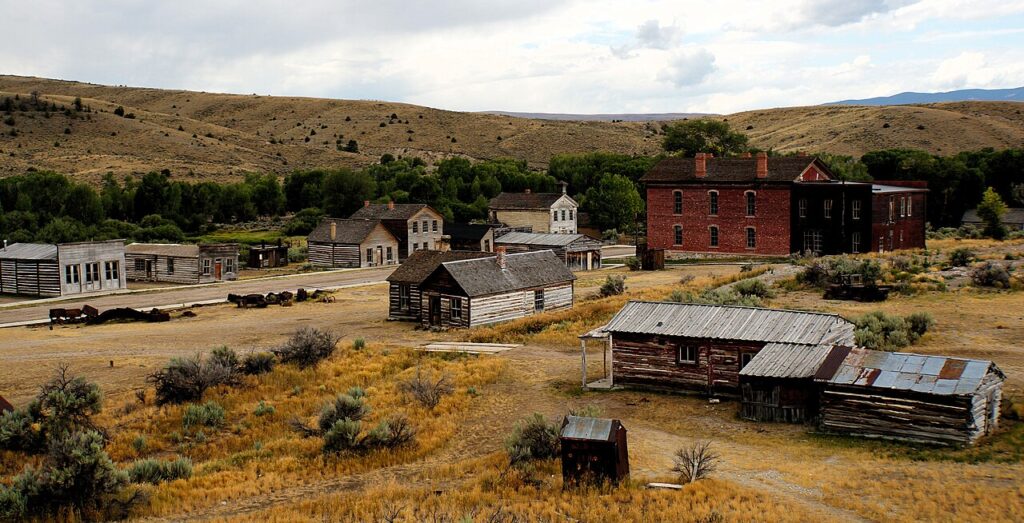
Founded in the 1860s during a gold rush, Bannack thrived briefly before fading into history. Today, its wooden buildings lean against the wind, preserved but haunting. The old schoolhouse, saloon, and jail still stand as if waiting for their owners to return. Dust covers everything, giving it a dreamlike stillness.
Visitors can walk through the town as part of a state park, though it still feels deserted. Each creak of the floorboards echoes louder than expected. The air carries a faint smell of wood and age that’s hard to forget. It’s easy to imagine the town suddenly springing back to life—or something else walking its streets at night.
Kennicott, Alaska
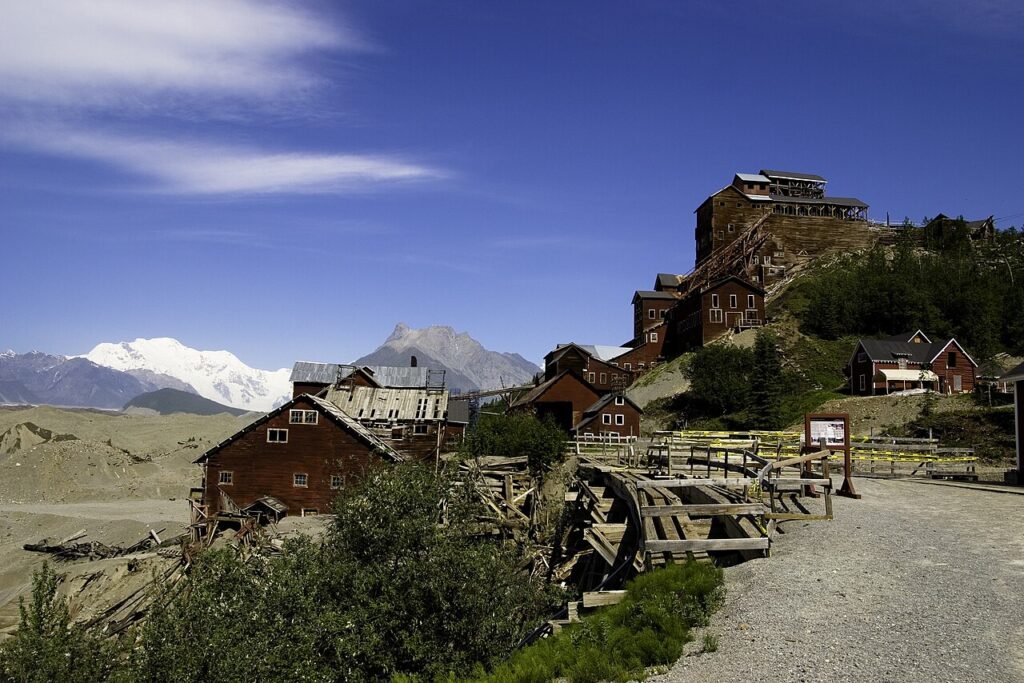
Tucked deep in the Alaskan wilderness, Kennicott was once a busy copper mining camp. When the mine shut down in the 1930s, workers left in a hurry, leaving tools and belongings behind. The massive wooden mill towers above the valley, its red paint faded and peeling. The harsh weather only adds to its ghostly presence.
Reaching Kennicott requires effort, but the reward is a glimpse into a frozen past. The silence here feels different—thick and complete, broken only by the wind off the glaciers. The decaying machinery looks like it could roar to life at any moment. It’s haunting, majestic, and unforgettable all at once.
Alamo Crossing, Arizona
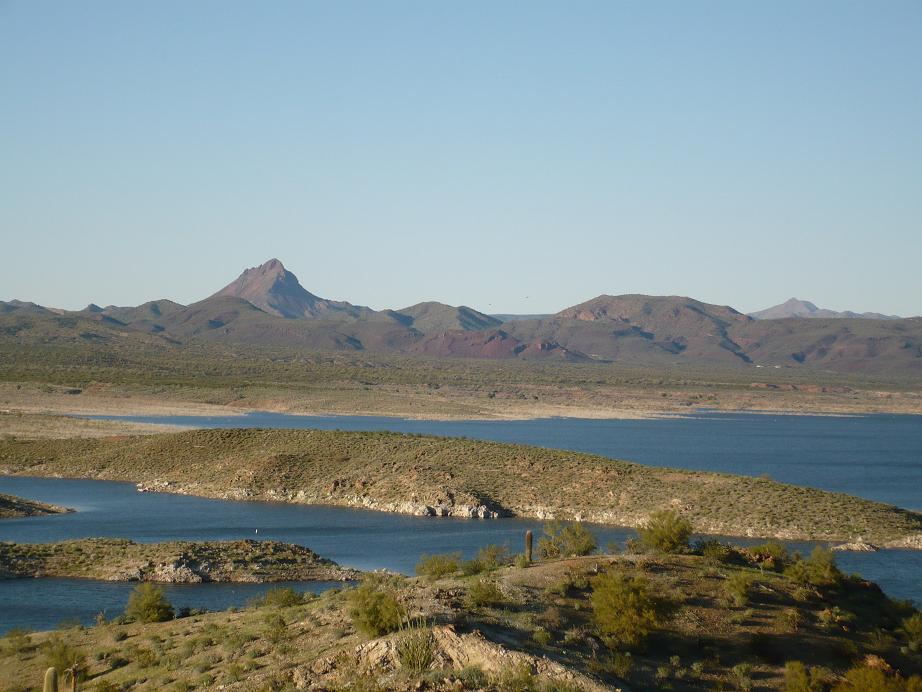
Alamo Crossing was once a small desert town built near the Bill Williams River. When a dam was completed in the 1960s, the rising water swallowed it whole. Today, parts of the town emerge when water levels drop, revealing old roads and stone foundations. The half-submerged ruins look eerily peaceful under the desert sun.
Fishermen and explorers sometimes spot chimneys and rooftops sticking out of the water. It’s a ghost town both above and below the surface. The idea of a drowned settlement resting in silence beneath the waves adds a haunting twist. Few places blend mystery and decay quite like this forgotten spot.
Rolling Acres Mall, Ohio
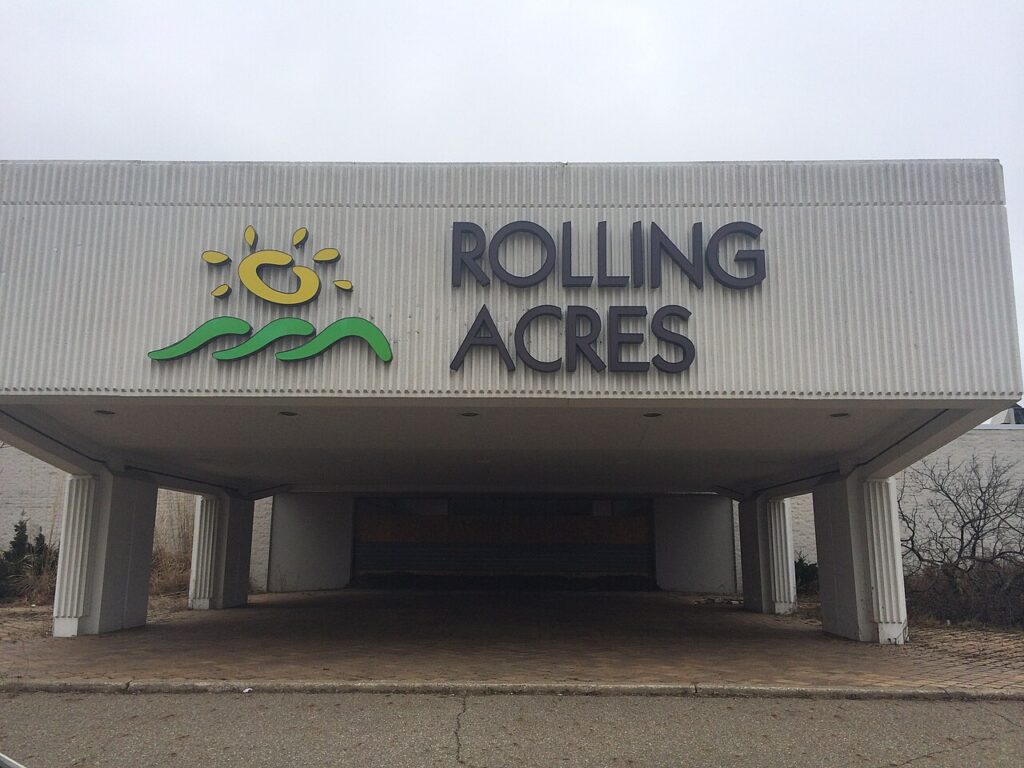
When Rolling Acres Mall opened in the 1970s, it was a symbol of modern shopping life. By the early 2000s, it had become a ghostly maze of empty stores and shattered skylights. Escalators stand frozen, covered in dust, while rain seeps through cracked glass ceilings. The echoes of what used to be laughter and chatter now feel miles away.
Before demolition began, urban explorers documented the mall’s eerie beauty. Nature had started reclaiming the structure, with plants sprouting through tile floors and birds nesting in rafters. The mix of retail nostalgia and decay felt almost cinematic. It’s proof that even recent places can turn hauntingly timeless.
This article originally appeared on Avocadu.
